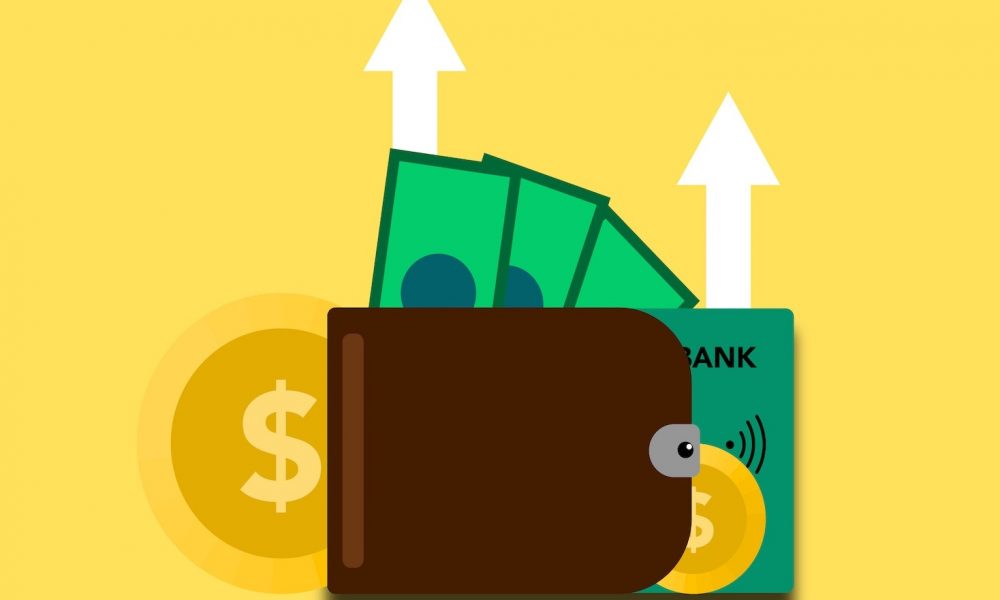
How To Build An Emergency Fund

An emergency fund is a cash reserve that’s specifically set aside for unplanned expenses or financial emergencies. Some common examples include car repairs, home repairs, medical bills, or a loss of income. In general, emergency savings can be used for large or small unplanned bills or payments that are not part of your routine monthly expenses and spending.
Without savings, a financial shock could set you back, and if it turns into debt, it can potentially have a lasting impact. Research suggests that individuals who struggle to recover from a financial shock have fewer savings to help protect against a future emergency. They may rely on credit cards or loans, which can lead to debt that’s generally harder to pay off. They may also pull from other savings, like retirement funds, to cover these costs.
There are different strategies to get your savings started. These strategies cover a range of situations, including if you have a limited ability to save or if your pay tends to fluctuate. It may be that you could use all of these strategies, but if you have a limited ability to save, managing your cash flow or putting away a portion of your tax refund are the easiest ways to get started.
Set several smaller savings goals rather than one large one

Manuraj Jain/ Pinterest | An emergency fund keeps you prepared for any unforeseen financial changes
Set yourself up for success from the start. Rather than shooting for three months’ worth of expenses immediately, shoot for one month. Or two weeks. Whatever it takes to make your first goal seem doable. Reaching that first goal can give you the motivation to keep going. Set your second goal higher and the third even higher. By then, the saving will have become a habit, and the positive motivation you’re building by reaching the smaller goals will help propel you toward larger ones.
Open a separate savings account
Once you have a savings goal in mind, the next step is to open a savings account, which should be kept separate from your daily spending account. Shop around and find a financial institution that can give you a savings account with a decent interest rate and no or low fees. Do your due diligence and research any fees and charges you may incur by opening an account with a particular financial institution.
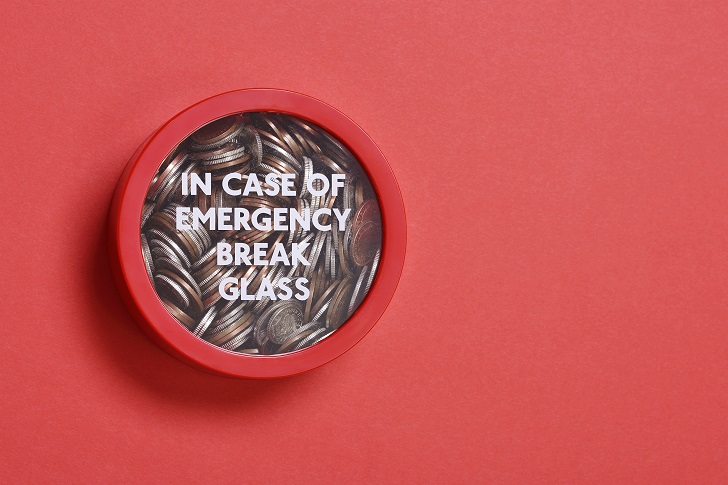
Andrew Paterson / Getty Images | It’s never too late to start planning for your future
Having a separate savings account builds a psychological wall between the money you can touch and the money you shouldn’t touch. If you lump your emergency fund money together with the funds in your regular chequing account, you’ll be more tempted to spend it because you’ll see it regularly, and it’s easily accessible.
Automate your transferring
Take things one step further by automating your savings to reduce any likelihood of human error (or weakness). Set up an automatic transfer from your checking to your savings account at the beginning of each month or whenever you get a paycheck. Whether you decide to contribute a set dollar amount or a percentage, taking this approach will.
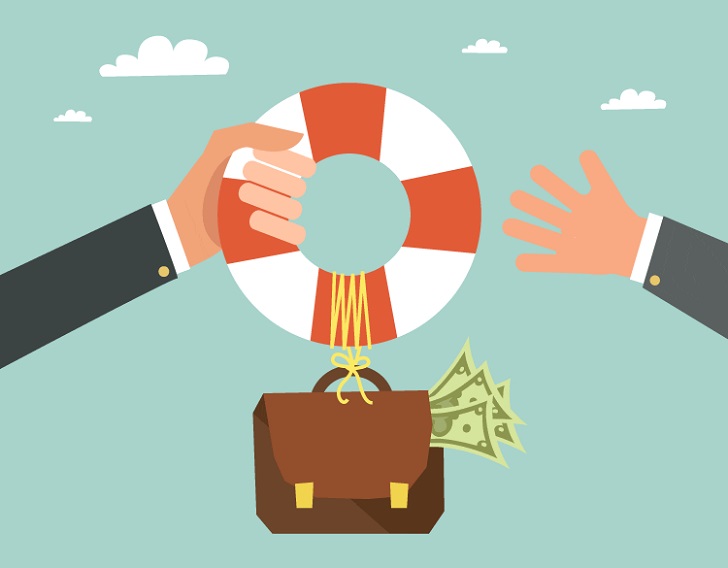
Clipart/ Freepik | Your emergency fund should be sufficient to cover about six months’ worth of expenses
Draw up a monthly commitment
Depending upon what your shortfall figure is, which refers to the amount by which your requirement exceeds the funds you have, draw a monthly commitment towards your fund. An easy way to get the figure together is to split it into a monthly commitment. If you have given yourself a 6-month target, then you would need to put aside a specific sum each month. Until you meet your goal, you might have to be extra frugal but the strain is going to be worth the effort in the long term.
More in Business
-
`
Will Bitcoin Crash to $0 or Hit $500K in a Decade?
Bitcoin’s future divides analysts into two extreme camps. Some see it becoming one of the most valuable financial assets in history....
October 12, 2025 -
`
Can Anyone Really Blame Mariah Carey for ‘Leaving’ the Real World?
Mariah Carey isn’t like the rest of us. From the moment she opens her mouth and that voice pours out, she...
October 10, 2025 -
`
Intel Invests in Nvidia, but Ratings Remain Unchanged
Intel’s stock jumped more than 30% after news broke that Nvidia poured $5 billion into the company. The rally sparked renewed...
October 5, 2025 -
`
Homeownership vs. Real Estate Investment: What’s Better?
Homeownership has long been seen as the American dream. But today, more people are asking: Is it really the smartest way...
October 3, 2025 -
`
Why the Armani Fashion Empire Is Set for an IPO
Giorgio Armani, one of the most iconic names in global fashion, left behind a detailed plan for the future of his...
September 27, 2025 -
`
Why Do Pokémon Cards Outperform the S&P 500 As an Investment?
Pokémon cards have outperformed the stock market by a mile. Since 2004, they have delivered a staggering 3,821% return, according to...
September 27, 2025 -
`
America’s Billionaires Get Older—Millennials Wait for Wealth Transfer
Many of today’s billionaires don’t match the youthful tech-founder image often portrayed. While names like Elon Musk, Sam Altman, and Mark...
September 21, 2025 -
`
Can President Trump Legally Fire Fed Governor Lisa Cook?
Lisa Cook is right in the middle of one of the most explosive legal battles in Washington. President Trump wants her...
September 20, 2025 -
`
Jeff Bezos’ Advice for Millennials Who Want Financial Success
Millennials today have grown up in a world where instant access to products and services is the norm. From two-day deliveries...
September 13, 2025






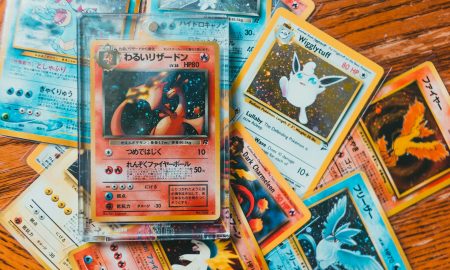


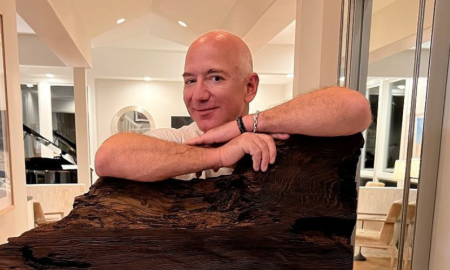





You must be logged in to post a comment Login